 The human body is an amazingly complex creation. If you’ve ever tried to really dig into the science behind how cholesterol works in your body, you may have been a bit overwhelmed, especially if you don’t have much of a science background.
The human body is an amazingly complex creation. If you’ve ever tried to really dig into the science behind how cholesterol works in your body, you may have been a bit overwhelmed, especially if you don’t have much of a science background.
Much of the information on the design and function of cholesterol, your doctor probably does not even know1, unless he is one of the rare few who has independently been able to keep up with the latest research and has spent his own time studying the science of cholesterol.
In this post I will attempt to explain what cholesterol is and the relationship between the cholesterol in our body and the cholesterol that we eat (in the most simple terms possible). This is certainly not an exhaustive scientific study of cholesterol, but hopefully it will be a good lay-person’s guide to the workings of cholesterol. If you would like to study cholesterol more in depth I highly recommend the cholesterol series on Dr. Peter Attia’s blog.
What is Cholesterol?
Cholesterol is an organic molecule in our body, which is only produced in animals and humans. It’s present in two forms unesterfied and esterfied. The picture below shows a diagram of what a cholesterol molecule looks like in it’s unesterfied form. When it is esterfied, there is an attachment on the molecule which makes it larger. Knowing that there is a size difference in these two forms of cholesterol is an important point that will come in to play later in the post.

Cholesterol can be divided into two main categories2: LDL and HDL.
High Density Lipoproteins (HDL) are the often touted “good cholesterol.” HDL cholesterol helps to rid the body of excess cholesterol. HDL works by transferring cholesterol from body tissues to the liver. The liver then excretes the cholesterol via bile.
Low Density Lipoproteins (LDL) like HDL has a delivery function. LDL delivers cholesterol made in the liver to the body’s other tissues. Even though this is often known as a “bad cholesterol,” you may remember from my last post on cholesterol that cholesterol is vital for life and required by every cell in the body, so really should not be vilified.
Cholesterol is hydrophobic, meaning that it can’t dissolve in water. In contrast to molecules like salts and sugars, it needs a vessel in which to be carried throughout the body for distribution. Cholesterol can be carried to and from your liver or small intestine to anywhere in your whole body by a transport vessel called a lipoprotein. Lipoproteins are made up of fats, proteins, cholesterols, and triglycerides. They are constantly changing composition (the percentage of fat to protein to cholesterol to triglyceride that is in the lipoprotein), and thus changing in size. Lipoproteins change their composition to accommodate what the body needs.
Keep these factoids stuck in the back of your head. This information will be of vital importance when we look at how cholesterol ends up in our blood vessels and causes problems.
Where does the cholesterol in our bodies come from?
Approximately 25% of cholesterol in our bodies on a given day comes from what we eat (300-500 mg) and 75% is produced by our bodies (800-1200 mg). Because cholesterol is vitally important for our survival, every cell in our body can make cholesterol. Out of the cholesterol that our bodies make, 20% is made exclusively by our liver and the remaining 80% of cholesterol is made by the other cells throughout our body.
One of the miraculous things our bodies do, is work towards homeostasis. Homeostasis is our bodies tendency to work towards maintaining stability of it’s internal conditions. Our liver has a feedback system which works towards this end. That means as our bodies absorb cholesterol via food, our livers make less cholesterol. Likewise, if we are not able to absorb cholesterol from our food, our livers are able to increase the amount of cholesterol that is made.
The food we eat contains both esterfied and unesterfied cholesterol. But only unesterfied can be absorbed through the lining of our gut into our body. Esterfied cholesterol can not be absorbed into the body because, as you’ll remember, it is a larger molecule and much too bulky to be absorbed through the lining of our gut. Less than 50% of what we ingest from food is unesterfied.
Numerous studies3 have found the cholesterol we eat has little or absolutely no effect on cholesterol levels in our body. Dr. Peter Attia boldly states1,
“Eating cholesterol has very little impact on the cholesterol levels in your body. This is a fact, not my opinion. Anyone who tells you different is, at best, ignorant of this topic. At worst, they are a deliberate charlatan.”
The science certainly backs up Dr. Attia’s claim regarding dietary cholesterol. A number of countries including Canada, Australia, Korea, New Zealand, India, and others no longer have any upper limit on dietary cholesterol. Surprised? You shouldn’t be. These countries are making recommendations based on scientific findings, namely the overabundance of data that demonstrates ingesting higher amounts of cholesterol is in no way correlated with increased risk of heart disease.

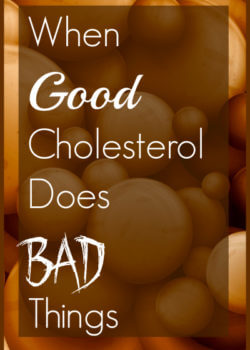
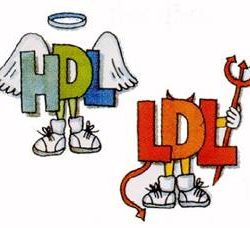
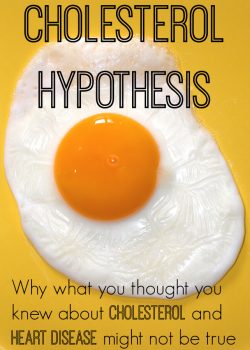
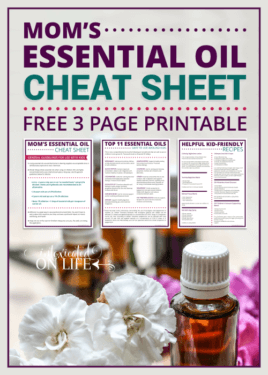

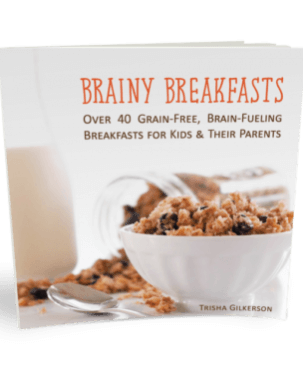

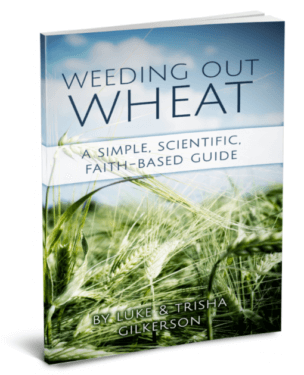

We have been studying this recently as we have moves to a LCHF diet. Thanks for posting this.
That’s great! I’m trying to move our family in that direction, but it’s tough…. Especially with the kids. Good for me to know facts on cholesterol, so when the naysayers freak about lchf diet i know how to respond.